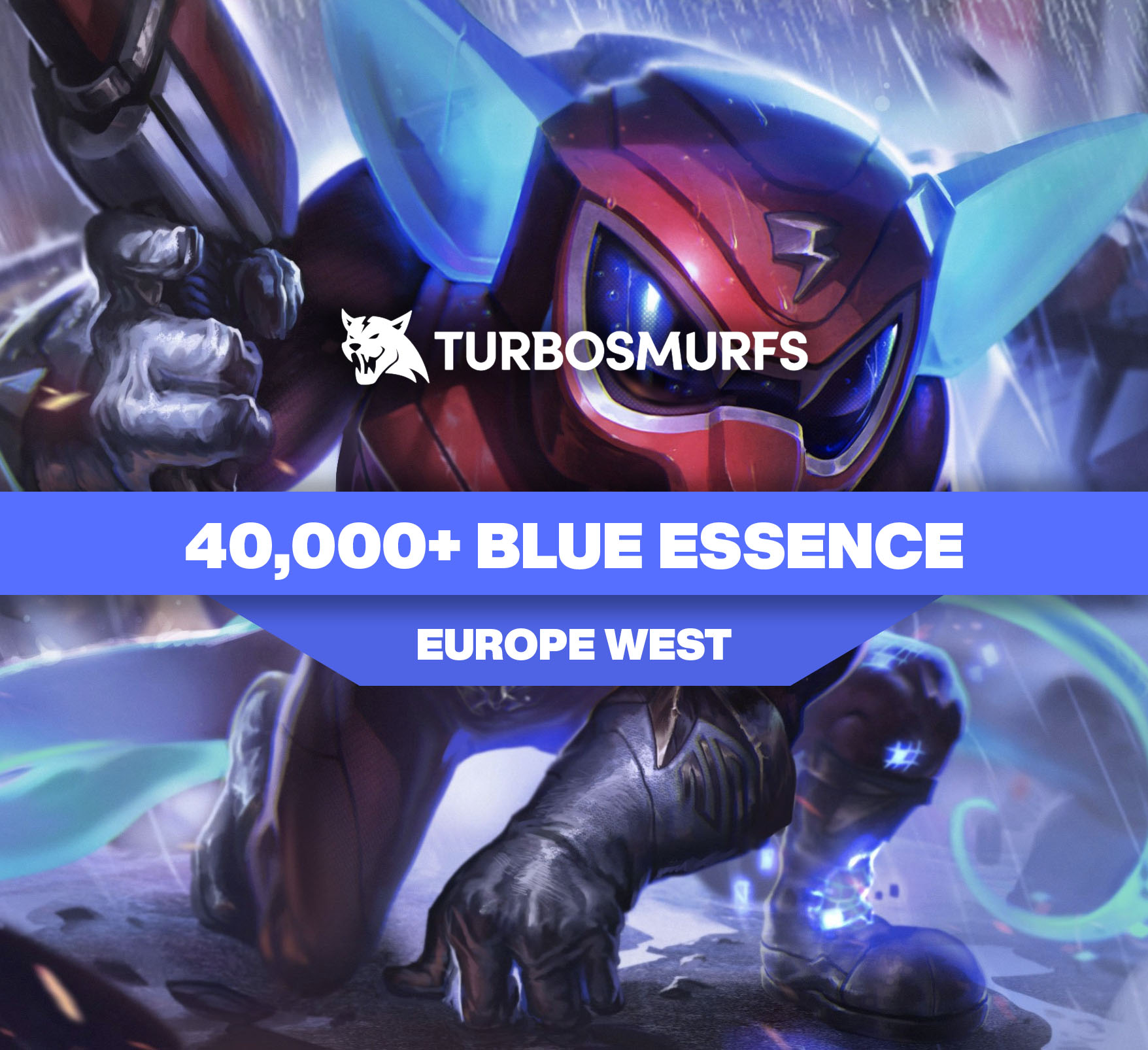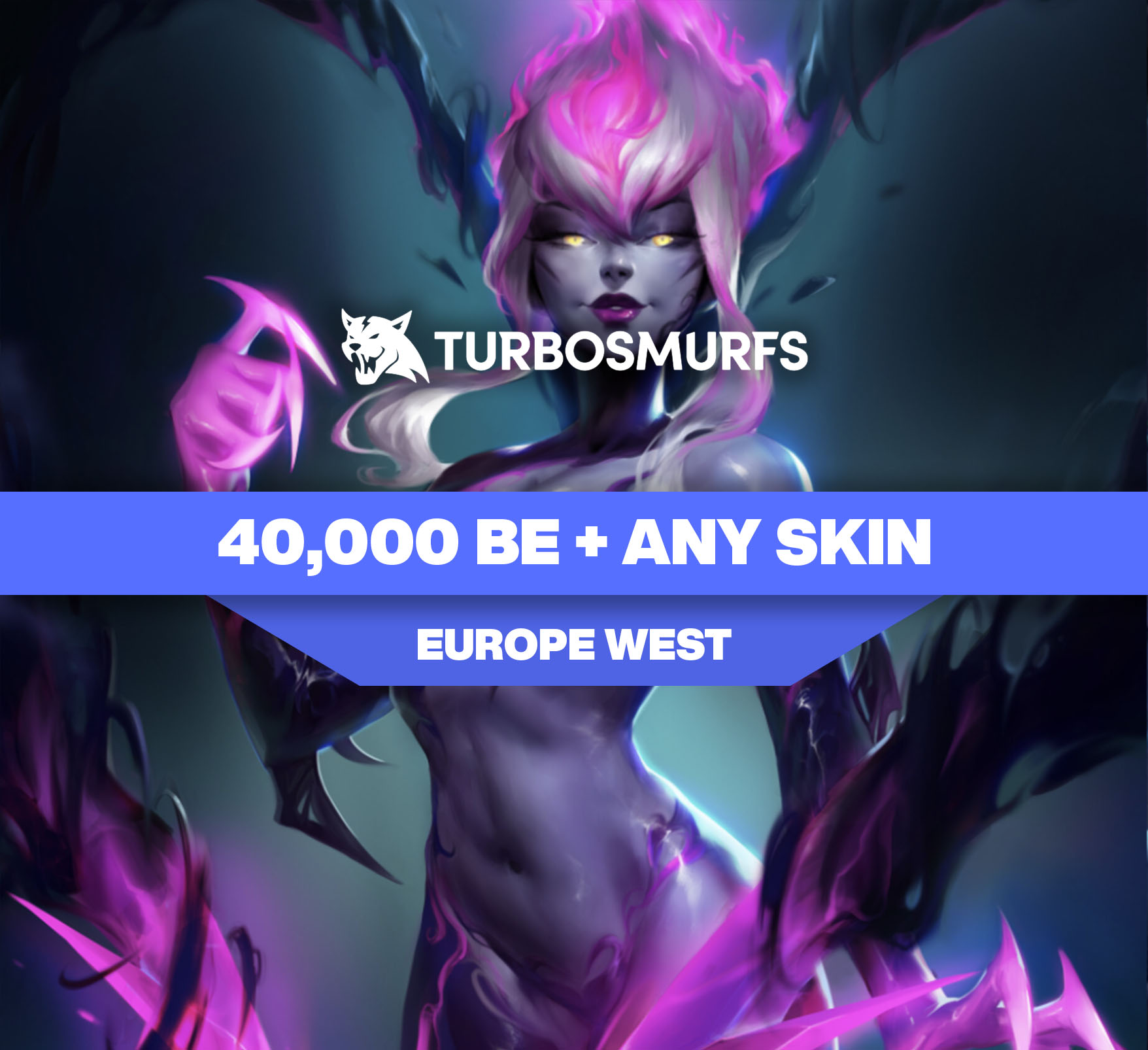
VALORANT New Smurf Detection System: What Players Need to Know
VALORANT smurf accounts have declined by approximately 17% throughout 2023, marking a notable shift in the competitive landscape. This improvement comes as a result of Riot Games' enhanced valorant smurf detection measures, which have significantly impacted the prevalence of smurfs in VALORANT. Players participating in ranked matches have experienced fewer instances of extremely unbalanced games as these detection systems take effect. The previous stomp rate for smurfs reached an alarming 32% across all VALORANT matches before these improvements were implemented.
The system now handles new smurfs with considerably greater efficiency when they appear. Newly created smurf accounts reach their correct MMR (Matchmaking Rating) 2-3 times faster than previous iterations. This addresses the persistent smurfing issues that have challenged players since VALORANT's competitive launch. Riot's North American test period demonstrated the system's precision, with 50% of detected smurfs whose MMRs received adjustment falling within 1% of the target stomp rate.
These results represent substantial progress toward establishing fairer competitive matches. The detection system continues evolving with measurable improvements already visible in gameplay quality across all skill brackets, reducing the occurrence of unfair matches and inconsistent matchmaking.
What is Smurfing in VALORANT and Why It's a Problem

Smurfing occurs in VALORANT when experienced players create new accounts to deliberately match against less skilled opponents. This practice of creating a smurf in VALORANT disrupts the matchmaking system by creating competitive imbalances that affect game quality across all skill levels. The skill gap between smurfs and genuine new players can be substantial, leading to frustrating experiences for those trying to learn the game.
The impact on new players is particularly severe, with nearly 62% of beginners reporting negative first impressions after encountering smurfs. This extends beyond simple frustration - smurfing fundamentally undermines the competitive integrity that makes tactical shooters engaging for players at every level. Some players argue that smurfing allows for playing with friends of different skill levels, but this comes at the cost of fair matchmaking for others.
Statistical evidence reveals the scope of this issue. As many as 27% of matches in lower ranks feature at least one smurf during peak periods, creating lopsided contests where novice players struggle to learn basic mechanics or develop strategic understanding. These unbalanced matchups discourage player retention and prevent the natural progression that keeps competitive games healthy.
The question of whether smurfing is bannable in VALORANT requires clarification. Riot Games doesn't explicitly prohibit multiple account ownership or secondary accounts, but they actively target behaviors that typically accompany smurfing - intentional deranking, account sharing, and professional boosters offering their services. The company recognizes smurfing as a threat to fair play within the VALORANT ecosystem and the broader gaming community.
Distinguishing between genuine smurfs and players having exceptional performances presents ongoing technical challenges for the data ops team. This complexity explains Riot's focus on accelerating MMR adjustment rather than implementing blanket account bans for suspected smurfs.
Riot's Detection System and Anti-Smurfing Measures

Riot Games developed sophisticated detection systems that target smurfing through behavioral analysis rather than simple account monitoring. The system evaluates player performance metrics including headshot percentages, reaction times, and movement patterns to identify experienced players on fresh accounts. This approach marks a departure from traditional detection methods that relied primarily on account data.
The detection algorithm examines subtle gameplay indicators that distinguish veteran shooter players from genuine newcomers. These behavioral patterns reveal when players possess mechanical skills that don't align with their account's apparent experience level. The system flags suspicious behaviors commonly associated with smurfing, particularly account sharing, boosting services, and intentional deranking practices that create a significant rank disparity.
Recent expansions include hardware identification methods that track accounts across multiple login sessions, even after account changes occur. This technology helps identify repeat offenders who attempt to circumvent detection through account switching or account purchasing. The automated verification process now requires additional authentication steps when suspicious patterns emerge, effectively managing problematic accounts without disrupting legitimate player experiences.
Riot specifically targets behaviors rather than the mere existence of multiple accounts. While creating alternate accounts isn't explicitly prohibited, the company actively pursues the problematic behaviors that typically accompany smurfing activities within VALORANT's competitive scene.
Player Reactions, Community Insights, and Future Plans

Community response to VALORANT's smurf detection remains divided among players. Reddit polls indicate some players report increased smurf encounters following the update, with low-ranked players occasionally dropping over 40 kills per match. Other players contend that perceived smurfing frequently surpasses actual occurrence rates, highlighting the challenges of inconsistent matchmaking in the competitive queue.
Riot acknowledged this perception disconnect, stating, "We can't just work on reducing alternate accounts; we have to show you the work we're doing". Their internal data demonstrates that adjusted smurfs now reach proper MMR in as few as 4 matches, while unadjusted accounts typically remain approximately 3 rank divisions away from their appropriate skill level. This rapid adjustment helps mitigate the impact of stomp matches on the overall player experience.
Several additional measures are planned for implementation in upcoming updates to improve matchmaking fairness. Accounts exhibiting suspicious activity patterns will require Multi-Factor Authentication through SMS or app verification systems. Riot is simultaneously developing the second iteration of their detection technology to achieve faster and more precise automated identification of potential smurfs.
The introduction of a premier tournament mode serves as another strategic element in combating smurfing behavior. This team-based competitive framework establishes a pathway from casual gameplay to professional gaming, reducing incentives for alternate account creation and providing a more structured competitive environment.
Riot's approach emphasizes addressing underlying causes rather than purely punitive measures: "Combating smurfing is not only about punishment, it's also about making VALORANT more accessible so those without bad intentions no longer feel the need to smurf". This philosophy guides their continued development of anti-smurfing solutions, including potential adjustments to 5-stack matchmaking and 5-stack restrictions to balance social competitive play with fair matchmaking.
Conclusion
Smurfing remains among the most persistent challenges facing VALORANT, though substantial progress has emerged throughout 2023. Riot's enhanced detection system now identifies suspicious gameplay patterns while accelerating MMR adjustments to ensure smurfs reach appropriate skill tiers more efficiently than previous iterations.
Players participating in ranked matches should notice these improvements directly through reduced stomp matches and more balanced competition. The system analyzes various performance indicators from headshot accuracy to movement patterns, taking appropriate action without disrupting legitimate gameplay experiences.
However, community perception sometimes differs from actual occurrence when identifying smurfs. What appears as smurfing might represent skill variance or exceptional individual performances. Riot acknowledges this perception gap and continues refining their approach to address these concerns, working to minimize voice toxicity and improve overall player experience.
Multi-Factor Authentication requirements and hardware identification methods will strengthen the anti-smurfing framework moving forward. The premier tournament mode creates legitimate competitive pathways that reduce incentives for alternate account creation, addressing root causes rather than symptoms alone.
Fair competition stands as the foundation of successful competitive gaming. Through these ongoing efforts, VALORANT protects the integrity of ranked play while ensuring new players develop their skills within a supportive environment. The battle against smurfing continues, but the significant strides already achieved point toward a more balanced competitive future for the entire player base, with diminished ranked ratings impact from smurfs and a healthier competitive scene overall.
FAQs
Q1. How effective is VALORANT's new smurf detection system?
VALORANT's new smurf detection system has shown significant results, with smurf accounts declining by approximately 17% in 2023. The system now identifies potential smurfs 2-3 times faster than before, quickly adjusting their MMR to ensure fairer matches and reduce the impact of high discrepancy 5-stacks.
Q2. What measures has Riot implemented to combat smurfing?
Riot has implemented a multi-faceted approach, including automated smurf detection, accelerated MMR adjustments, and hardware identification methods. The system analyzes player performance metrics such as headshot percentages and movement patterns to identify potential smurfs and adjust their skill ratings accordingly, improving overall matchmaking fairness.
Q3. Can players get banned for smurfing in VALORANT?
While creating multiple accounts isn't strictly prohibited, Riot targets behaviors associated with smurfing, such as intentional deranking and account sharing. The focus is on adjusting MMR rather than outright bans, but repeated offenses or suspicious activities may lead to account restrictions or diminished ranked ratings.
Q4. How has the community responded to the anti-smurfing measures?
Community response has been mixed. Some players report fewer instances of unbalanced matches, while others feel the problem persists, particularly in lower ranks. Riot acknowledges this perception gap and continues to refine their approach, emphasizing the need to demonstrate their ongoing efforts to the gaming community.
Q5. What future plans does Riot have to address smurfing?
Riot plans to implement Multi-Factor Authentication for suspicious accounts, develop more advanced detection systems, and introduce a premier tournament mode to create legitimate competitive pathways. These measures aim to further reduce smurfing incentives, improve the overall competitive experience for all players, and address challenges related to rank disparity and inconsistent matchmaking in the competitive queue.

